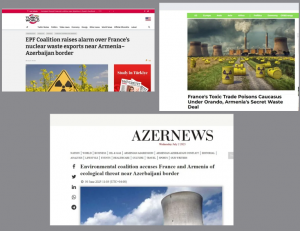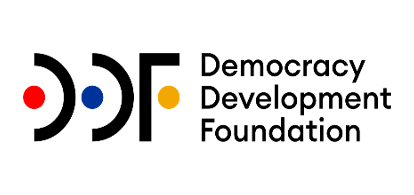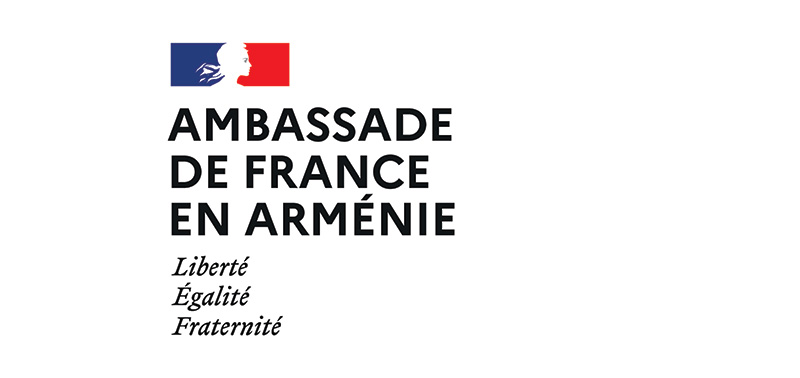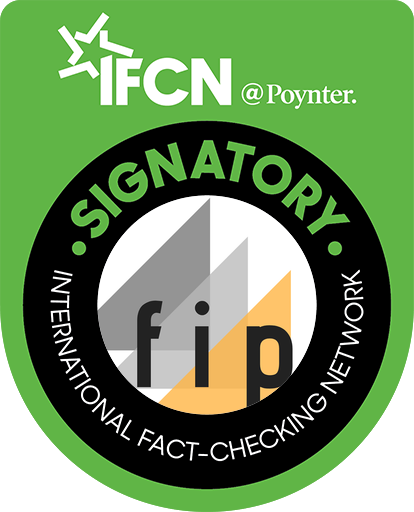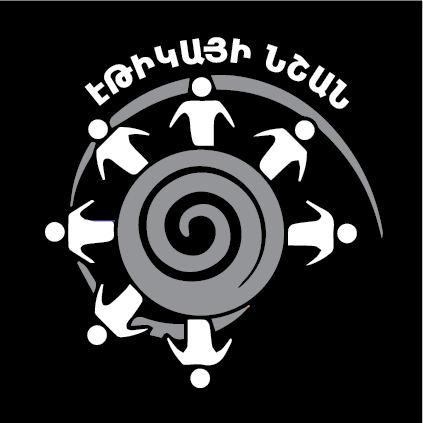On June 25, the French website courrierfrance24.fr published an article titled “Orano secretly exports nuclear fuel waste to Armenia to be stored in one of the national parks.”
The article claimed that the first batch of nuclear waste from the French state nuclear company arrived in Dilijan National Park in June 2025.
The source also claimed that the export of nuclear waste to Armenia was preceded by “a curious financial deal worth EUR 800,000 with the “My Step” charity foundation coordinated by Anna Hakobyan, the wife of Armenian Prime Minister Nikol Pashinyan.”
The article was translated into Armenian and published by the Armenian media outlet Mediamax, noting at the beginning of the publication that it had sent inquiries to the relevant authorities to obtain a comment on the information.
The publication was later widely circulated by other media outlets.
The publication of courrierfrance24.fr in the Armenian press was immediately followed by a Facebook post by Armenian Prime Minister Nikol Pashinyan refuting the information.
Immediately after the Prime Minister’s post, Mediamax apologized to its readers and the public for disseminating a publication of an unreliable source.
“Before receiving comments, we found out that we had made a regrettable mistake by confusing Courrier France 24 with France 24. Further studies showed that Courrier France 24 is a media outlet of unknown origin. Taking this into account, we have removed the Armenian translation of the article from the website,” the Mediamax publication stated.
Days later, on June 30, the Ministry of Environment also issued a separate refutation, stating that the information contained in the article was utter disinformation and had nothing to do with reality.
Courrier France 24 and the Doppelgänger method
According to Mediamax’s interpretation, the publication was disseminated because the source, Courrier France 24, was confused with the reputable France 24; in fact, Courrier France 24 used the Doppelgänger method, which in recent years has been one of the most common forms of disinformation campaigns misleading even media-literate readers.
The term literally means a duplicate of a real person, but in a digital, informational context it has the meaning of a fake, imitative website or domain.
How this method works: first, an attempt is made to mislead the reader. A fake website is created, the domain or name of which is very similar to the name of a real media outlet such as BBC News, but actually being bcb-news.com, or just as in the aforementioned case, France 24, but actually being courrierfrance24.com. Additionally, the same or similar logo, design, and language are used so that the difference remains unnoticed by the reader.
Next, they obviously spread disinformation and are very often activated during critical political public events: elections, wars, environmental or other politically sensitive topics.
For instance, following the Russian invasion of Ukraine in February 2022, Kremlin propaganda began to actively use the Doppelgänger method in the international information field.
Similarly, the same France24 had identified numerous such look-alike websites through an extensive investigation. According to these findings, in 2023-2024, the media outlets of France, Germany and Ukraine (Le Monde, 20 Minutes, Die Welt, Bild, France 24, etc.) were exposed to a Doppelgänger campaign, which, according to the authors of the investigation, was backed by Russian information network.
How fake news became another pretext for Azerbaijani propaganda attack
The fake news that the French company Orano is allegedly transporting and storing nuclear waste in Armenia’s Dilijan National Park quickly became another pretext for the Azerbaijani propaganda campaign against Armenia.
The news was actively disseminated by well-known resources coordinated by Baku (Caliber.az, Report.az, Trend, Аpa.az), followed by so-called analytical materials (1, 2), in which Armenia was accused of “threatening regional security and the environment” and “violating international commitments.”
Nane Manasyan

 FACTOMETER
FACTOMETER

